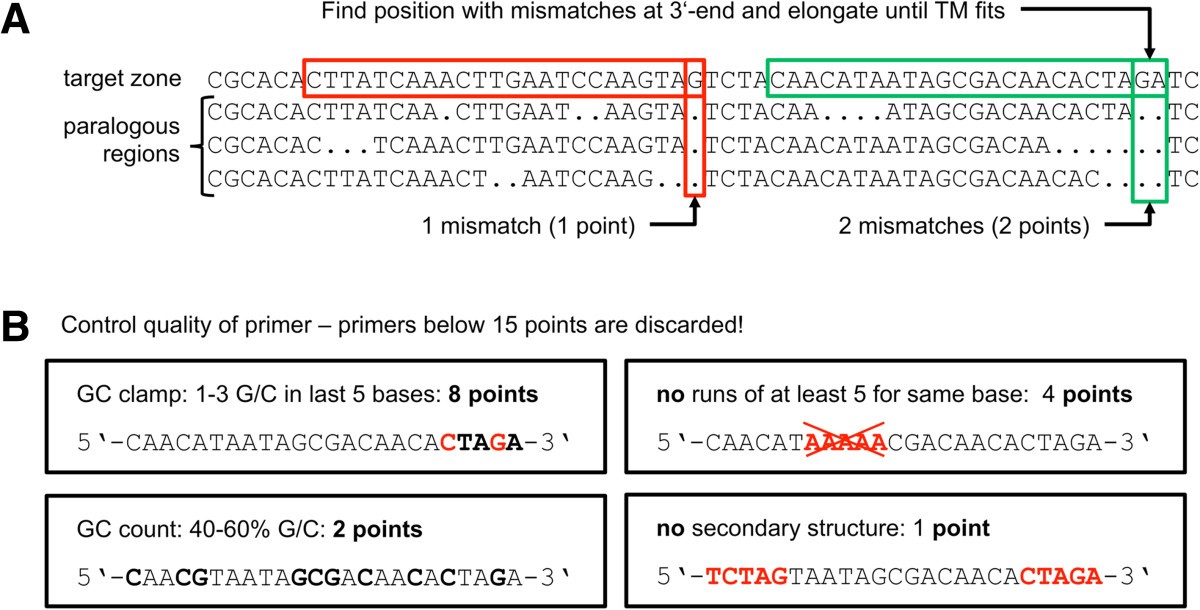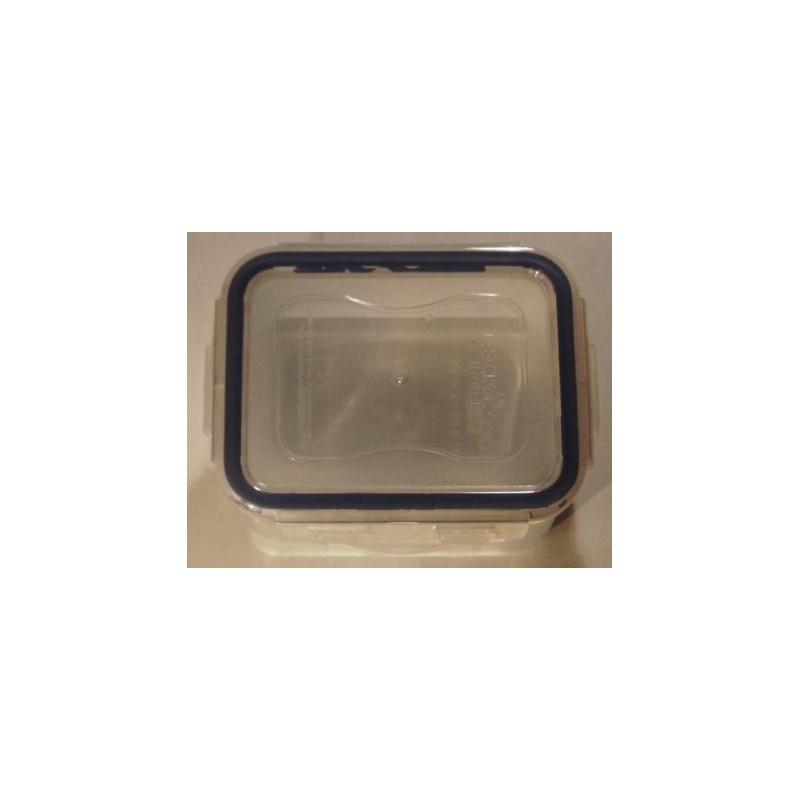

Within the past decade, microsatellites have often been the marker of choice for many of these types of studies however, in most cases, development of these markers is typically time-consuming and expensive (e.g., Squirrell et al., 2003). Molecular markers developed for plant and animal species have been instrumental in answering many biological questions about the natural world, including, for example, those focusing on mating systems, effective population sizes, speciation, and taxonomy. It is also applicable to other markers used in PCR amplification of genetic material. Conclusions: This technique is an efficient and economical way to fluorescently label multiple microsatellite primers in the same reaction.Tests of PCR cycling programs revealed that conditions recommended for the commercial kit generated stronger fragment peaks than the previously recommended cycling protocol.

Microsatellites amplified with this multiplexing process were identical to those generated from PCR using individual primer pairs and with traditional methods using a priori labeled fluorescent primers. Methods and Results: This technique was successfully used to develop microsatellite markers in several plant species.This step was streamlined by combining two techniques in the same PCR reaction: (1) custom-labeling of primers by the investigator and (2) multiplexing multiple primers together in the same reaction. Premise of the study: Development of genetic markers can be costly and time-consuming, especially when multiple primer pairs are fluorescently labeled.


 0 kommentar(er)
0 kommentar(er)
